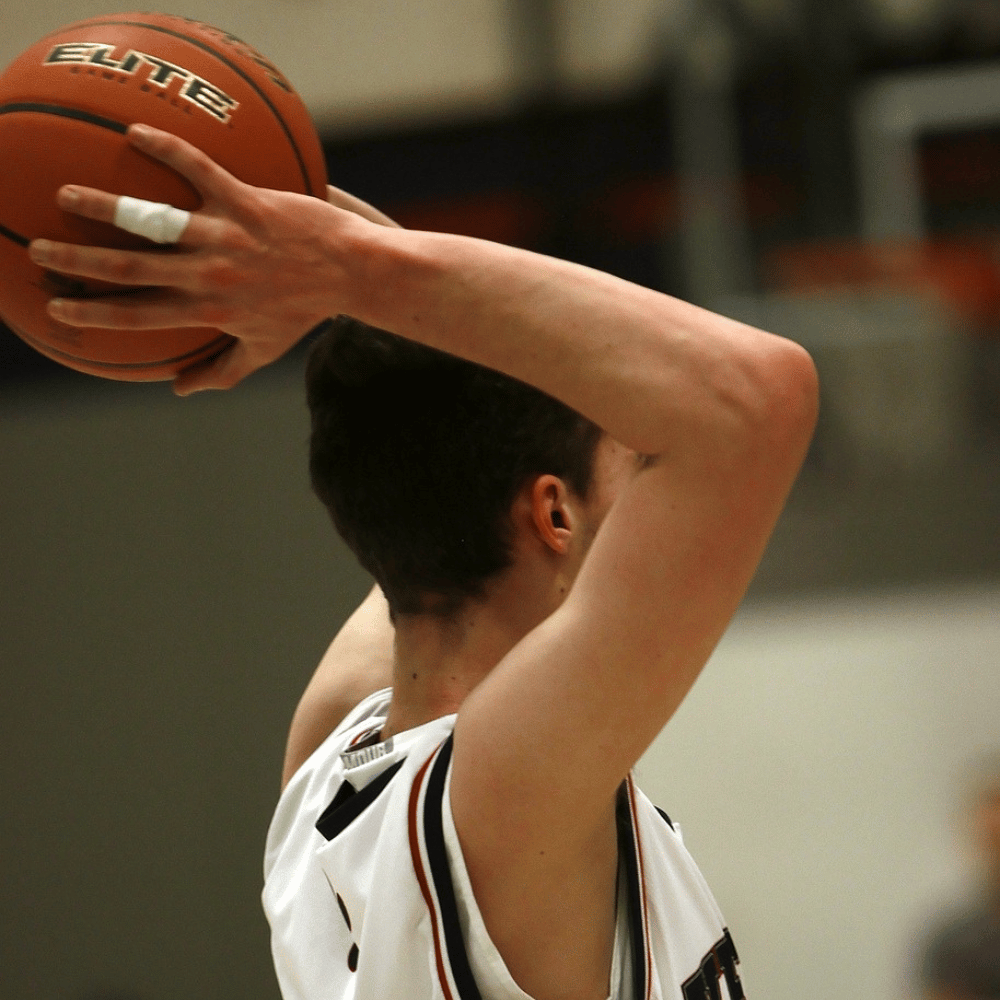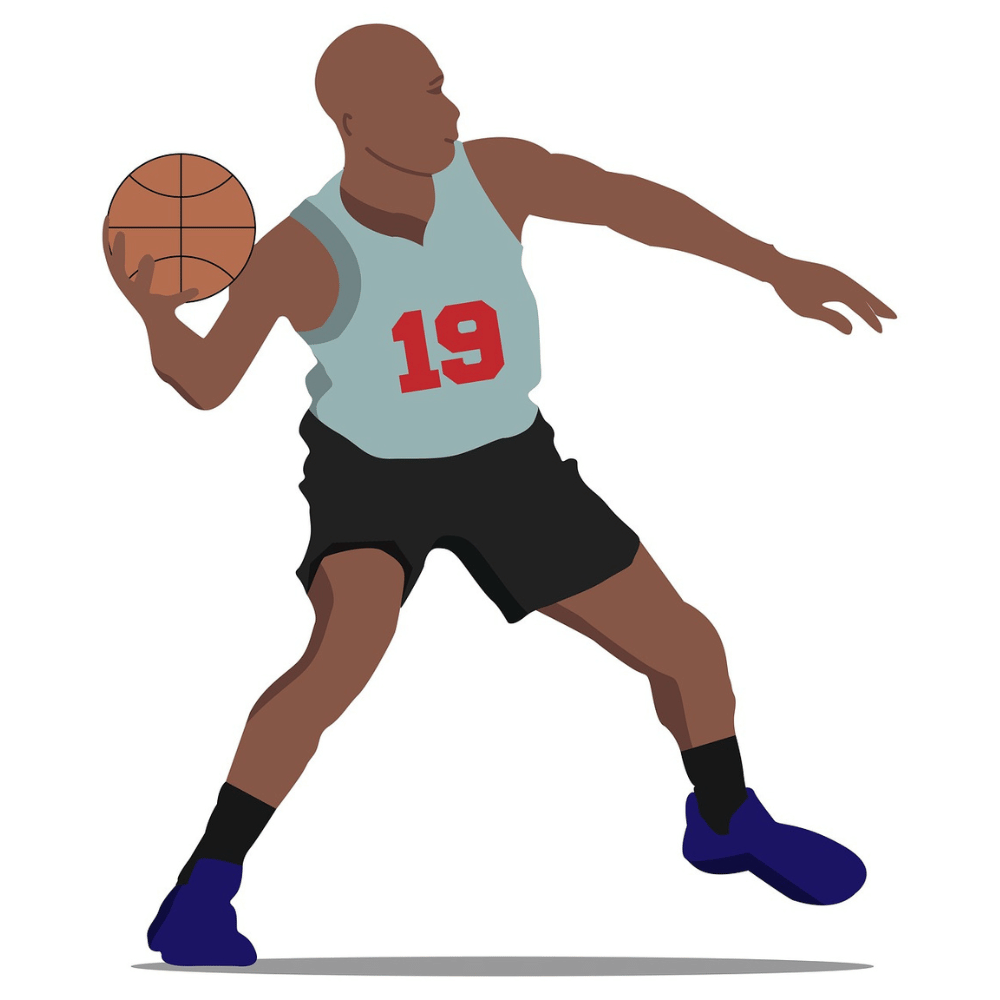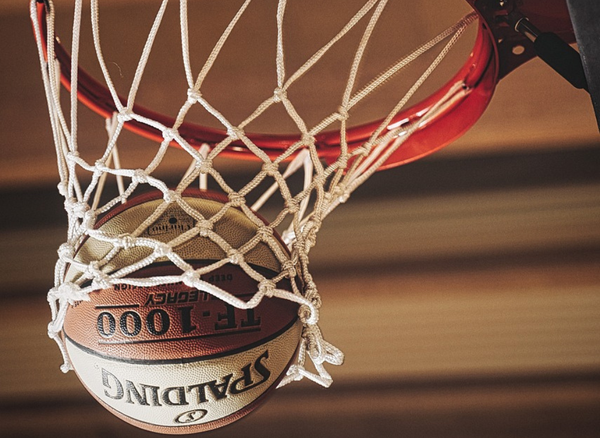Basketball isn't just about scoring buckets; it's about making connections—literally. The art of passing the ball is like the art of conversation, except instead of words, you're slinging a leather sphere to your pals. And just like in a chat, you've got to choose your method wisely, or you might just end up with a facepalm moment. So let's bounce through the different types of passes in basketball and how to avoid those awkward turnovers.
The Classic Chest Pass
The chest pass is like the "hello" of basketball passes. It's the first thing you learn when you start playing, and it's as reliable as your grandma's lasagna recipe. To execute a chest pass, stand with your feet shoulder-width apart, hold the ball with both hands, and push it from your chest straight to your teammate's hands.
It's a good reference point—unless your teammate is a giraffe, then aim lower.
Bounce Pass
Bounce passes are sneaky little things. They're like sending a text under the table during dinner.
It's perfect for threading the needle when defenders are all up in your grill. Just make sure the ball bounces waist high to the receiver, or you'll be the star of the next blooper reel.
Overhead Pass
When you're feeling a bit like Zeus tossing lightning bolts, the overhead pass is your go-to. This pass originates from above your head, making it harder for those pesky defenders to swipe.

It's great for long distances or when you're trapped by a defender. Just don't get too carried away, or you might accidentally launch a satellite instead of a pass.
The Sneaky No-Look Pass
The no-look pass is the ninja of basketball passes. You look one way and pass another, leaving defenders dazed and confused. It's all about misdirection and a bit of flair. But beware, young grasshopper, this pass requires finesse and a strong connection with your teammates. Use it wisely, or you'll be passing to the ghost of basketball past.
Lob Pass
Sometimes you just need to lob it up there and hope for the best—like throwing your keys to someone on a balcony. The lob pass is a high-arcing pass intended to sail over defenders and into your teammate's hands. It's perfect a pick and roll pass or alley-oops when your teammate has a clear height advantage. Just make sure you don't turn it into a game of fetch with the audience.
Behind the Back Pass
The behind-the-back pass is the basketball equivalent of a wink—it's flashy and has a bit of sass. You whip the ball behind you to a teammate, ideally without looking. It's great for tight situations and impressing the crowd. But if you mess up, you'll be the court jester instead of the hero. So practice this one until it's smoother than your grandpa's dance moves at a wedding.
Outlet Pass
The outlet pass is the first spark of a fast break, like hitting the launch button on a rocket ship. As soon as you grab a rebound, you turn and throw the ball to a teammate further down the court. It's all about speed and accuracy. Just don't throw it too fast, or your teammate might end up with a basketball imprint on their face.
Wrap Around Pass
The wrap-around pass is when you channel your inner Houdini. You literally wrap the pass around the defender, like you're giving them a sneaky hug with the basketball. It's a great way to get the ball to a teammate when a defender is blocking your path. Just make sure you don't accidentally gift-wrap it for the other team.
Dribble Pass
When you're dribbling and see an open teammate, the dribble pass is your quick draw. You push the ball towards your mate in the same motion as a dribble. It's a swift and subtle way to move the ball without the defense catching on. Just be sure to keep it smooth, or you'll be dribbling your way to the bench.
Advanced Passes: Baseball Pass
Channel your inner outfielder with the baseball pass. You throw the ball with one hand, just like a baseball throw, aiming for a teammate who's way down the court.

It's perfect for those last-second, full-court heaves or when you need to cover a lot of ground quickly. Just remember, you're not actually pitching a no-hitter, so keep it controlled.
FAQ Section
What's the most important thing to remember when passing the ball?
The most important thing is accuracy. No matter how fancy your pass is, if it doesn't reach your teammate, it's a turnover waiting to happen. Aim for the receiver properly and make sure your pass has the proper and consistent backspin.
How can a coach teach young players to pass effectively?
Coaches should focus on the fundamentals, like the chest and bounce passes, before moving on to more advanced passes. Drills that emphasize passing remains a key part of the game and teaching passing techniques are essential. But not only the skill of passing; teaching players to read the game and anticipate the next pass can greatly improve their passing skills.
What are 3 types of passes in basketball?
In basketball, three common types of passes are the chest pass, where the ball is thrown directly from the passer's chest to the receiver's chest; the bounce pass, which involves bouncing the ball off the floor to the receiver; and the overhead pass, which is thrown from above the passer's head straight to the receiver.
Are some passes better suited for certain positions or situations?
Absolutely. For example, a point guard might use a bounce pass to get the ball to a cutter or a lob pass for an alley-oop to a big man. An outlet pass is typically used by a big man after a rebound to start a fast break. Each type of pass has its moment to shine, depending on the game's context.
Summary
Passing in basketball is not just about moving the ball; it's about strategy, precision, and a touch of showmanship. From the fundamental chest pass to the flashy no-look pass, each type of pass serves a purpose and can be the difference between a win and a loss. Remember, the best passers aren't just skilled; they're also savvy, knowing when and how to quickly pass the ball to keep the defense guessing. In this post, we learned to:
- Discover the various types of passes in basketball and how to execute them.
- Learn the strategic importance of each type of pass and when to use them in a game.
- Understand the fundamentals that make passing a crucial skill for team success.









